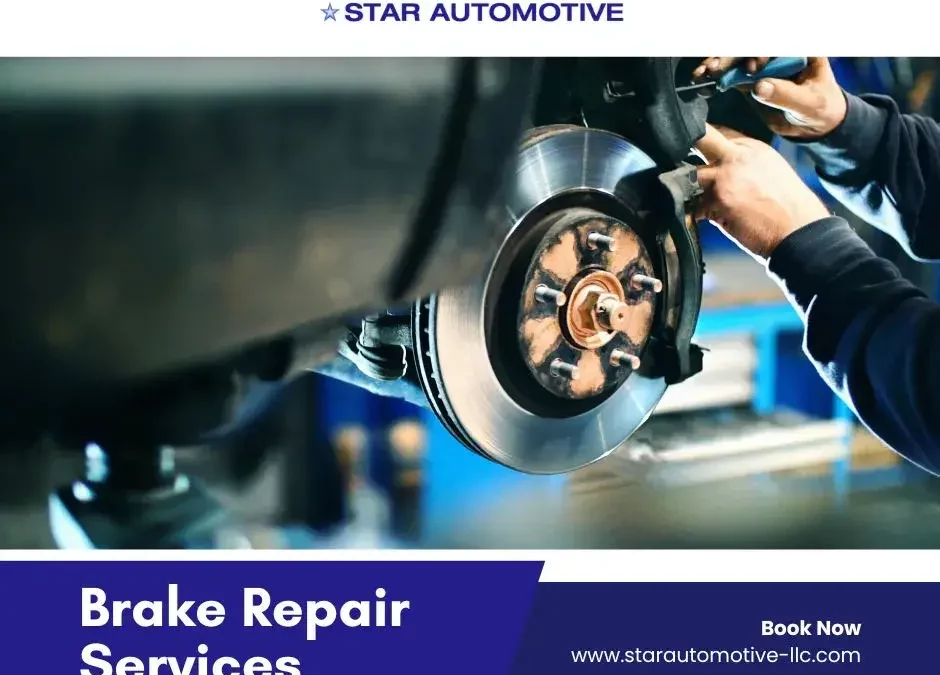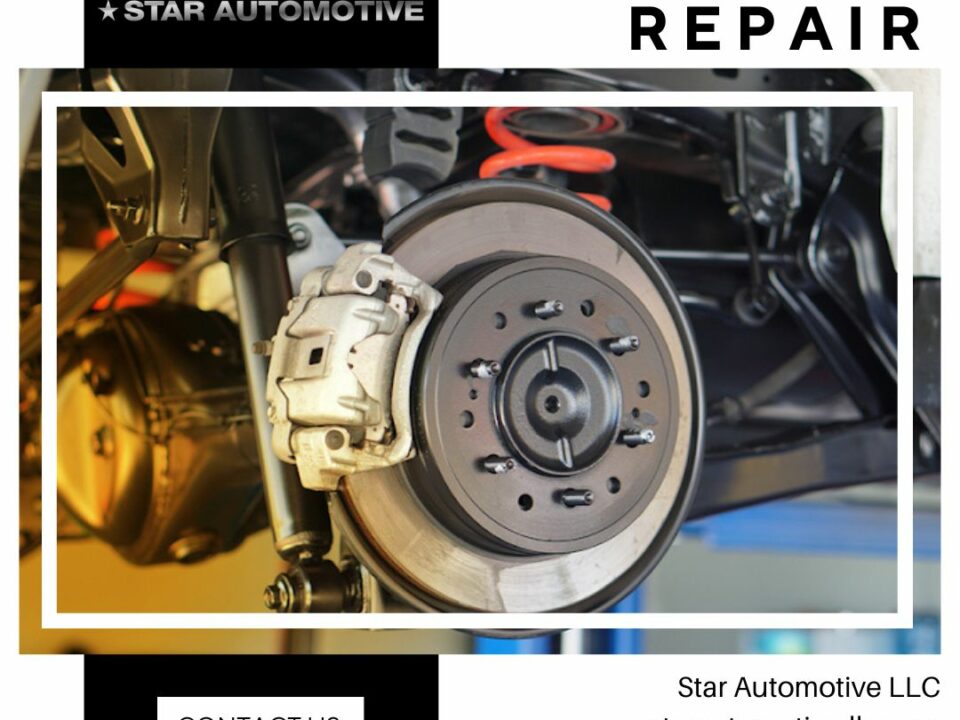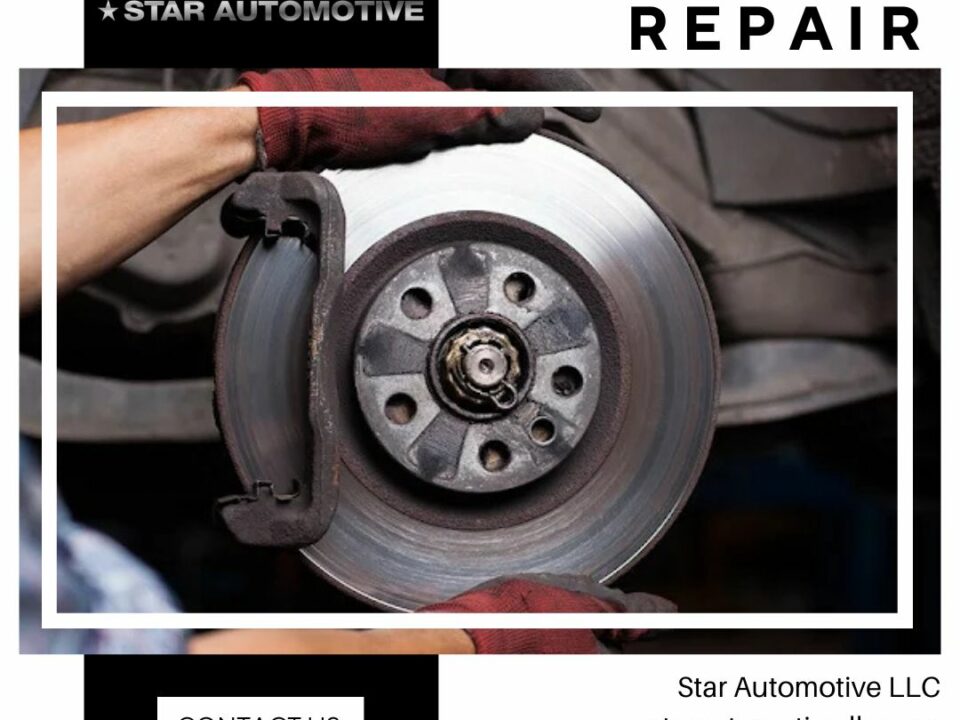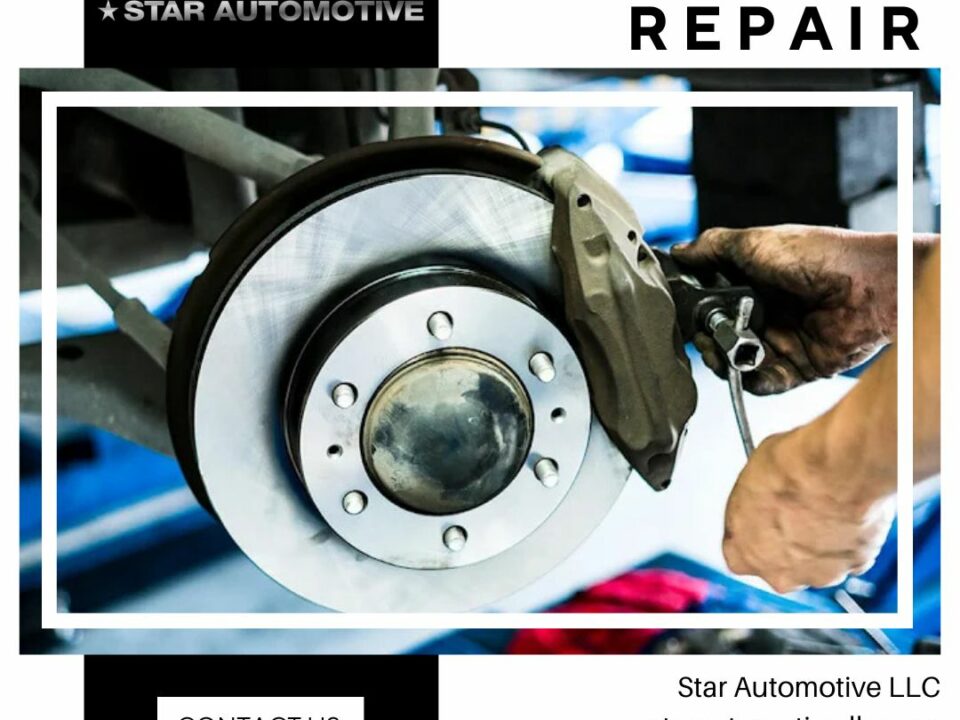
Top 10 Advanced Tools Every Modern Car Mechanic Should Own
February 17, 2025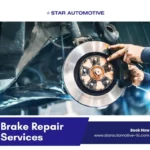
How to Identify Brake Problems and When to Seek Brake Repair
February 21, 2025When it comes to vehicle safety, few components are as critical as the braking system. Whether you drive a Toyota, Honda, Lexus, or another Asian vehicle, maintaining your brakes in top condition ensures reliable stopping power and a smooth driving experience. Ignoring brake issues can lead to dangerous situations and costly repairs. Proper brake repair is essential to maintaining vehicle safety and preventing unexpected failures. According to the National Highway Traffic Safety Administration (NHTSA), brake-related problems contribute to nearly 25% of vehicle crashes caused by mechanical failures. Regular brake inspections and timely repairs can significantly reduce the risk of accidents and ensure a safer driving experience. In this guide, we will explore how your car’s braking system works, common problems that arise, and what you can do to keep your brakes in optimal condition.
How Your Brake System Works
Most modern vehicles, including popular Asian brands, use disc brakes in the front and either disc or drum brakes in the rear. Many manufacturers continue to use drum brakes in the rear because they are more cost-effective and provide adequate braking performance for lighter loads, making them ideal for economy vehicles. The system operates through a combination of hydraulic pressure, friction, and mechanical components. When you press the brake pedal, the master cylinder pushes brake fluid through the brake lines, activating the calipers or wheel cylinders. This action forces brake pads or shoes against the rotors or drums, creating the friction needed to slow down and stop the car.
Key Components of a Brake System:
- Brake Pads and Rotors (Discs): Found in disc brake systems, these create friction to stop the wheels.
- Brake Shoes and Drums: Used in drum brake systems, they serve a similar function as pads and rotors.
- Calipers: House the brake pads and press them against the rotors.
- Brake Fluid: Transfers pressure from the pedal to the braking components.
- Master Cylinder: The heart of the system, distributing hydraulic pressure.
Common Brake Repair Issues
Like any mechanical system, brakes experience wear and tear over time. Here are some common problems you may encounter:
1. Squeaking or Grinding Noises
If you hear squeaking, your brake pads may be wearing thin. Grinding sounds usually indicate that the pads are completely worn out, causing metal-to-metal contact that can damage the rotors.
2. Soft or Spongy Brake Pedal
A soft pedal often signals air in the brake lines or a brake fluid leak. To check for air in the brake lines at home, try pumping the brake pedal a few times while the vehicle is off. If the pedal firms up, but then feels soft again after starting the car, there may be air in the system. In such cases, bleeding the brakes or topping off brake fluid can help, but a professional inspection is recommended if the issue persists. If your pedal feels mushy, it’s crucial to have the system checked immediately.
3. Vibrations When Braking
A vibrating brake pedal or steering wheel can result from warped rotors. This issue is more common in vehicles that frequently experience heavy braking, such as those driven in stop-and-go traffic.
4. Car Pulling to One Side
If your vehicle veers to one side when braking, you might have uneven brake pad wear, a stuck caliper, or a brake fluid issue.
5. Brake Warning Light
Modern Asian vehicles are equipped with warning lights that indicate brake system issues. Common warning symbols include the brake warning light (a red or yellow circle with an exclamation mark or ‘BRAKE’ text), the ABS warning light (typically an amber-colored ‘ABS’ symbol), and the brake fluid warning light (a red icon resembling a dripping reservoir). If any of these lights illuminate, it is crucial to check the braking system immediately to prevent potential failures. If the brake light on your dashboard illuminates, schedule an inspection as soon as possible.
Brake Repair and Maintenance for Longevity
To ensure optimal braking performance and safety, follow these best practices:
- Check and replace brake pads regularly. Most pads last between 30,000 to 70,000 miles, depending on driving habits.
- Flush brake fluid every 2-3 years. Over time, brake fluid absorbs moisture, which can reduce braking efficiency.
- Inspect rotors and calipers during routine maintenance. Catching minor issues early prevents costly repairs.
- Avoid aggressive braking whenever possible. Gradual braking reduces wear and tear on the system.
Understanding how your brake system works and recognizing signs of potential problems can keep your Asian vehicle running safely and smoothly. Prioritizing regular brake repair ensures your car remains reliable and responsive on the road. Regular maintenance not only extends the lifespan of your brakes but also enhances overall driving performance. Take a moment today to inspect your brake system or schedule a professional inspection to ensure your safety on the road. If you notice any warning signs, don’t wait—schedule a brake inspection with a trusted mechanic. Prioritizing brake health is one of the best ways to ensure safe travels on the road.

